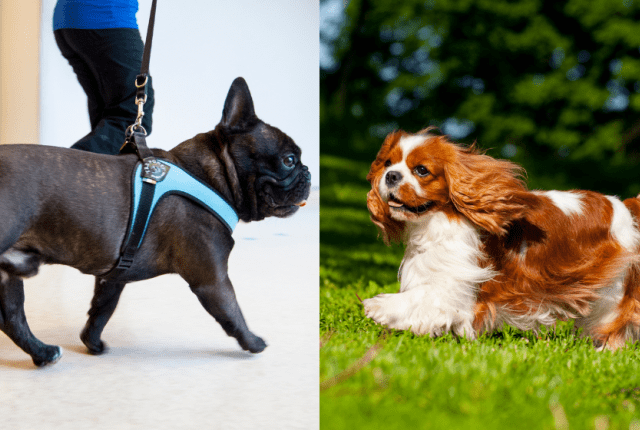Recently, the risks associated with the use of antibiotics for both humans and animals have been the subject of great discussion. The concern for microbes developing antimicrobial resistance has been acknowledged even by dog enthusiasts. Dogs receive antibiotic treatment especially for skin diseases.
- Reducing the use of antibiotics and preventing infections are important goals for us, Katariina Mäki, the Breeding Expert for the Finnish Kennel Club emphasises. - We follow the discussion and research on the subject closely and forward information to our members.
Addressing antimicrobial resistance was taken up last autumn by the General Assembly of the United Nations. The World Health Organization (WHO) requires immediate measures from its member countries to fight antimicrobial resistance. The Ministry of Social Affairs and Health in Finland presented a National Action Plan on Antimicrobial Resistance 2017–2021 to the Finnish Government. Measures related to dog keeping, caring and breeding are also included in the Action Plan. Some of these measures have already been implemented as cooperation between the Finnish Kennel Club, breed clubs, veterinarians as well as other experts.
The goal is to prevent problems
It is possible to reduce the use of antibiotics on dogs with breeding and by promoting good care practice.
- Instead of repeatedly giving antibiotic treatments, the underlying disease causing the infection and the need of medication should be identified. The use of antibiotics decreases if the owner commits to identify the cause and the underlying disease is properly treated, states Juha Kallio, a veterinarian and a member of the Finnish Kennel Club's Scientific Committee.
- Any dog can sometime have a bacterial infection which requires antibiotic treatment. Some breeds have however inherited a greater risk of getting infections. The reason can be heavy wrinkles or predisposition for atopy, a skin disease which is strongly heritable.
Factors that predispose to infections have been discussed with breed clubs and breeding consultants as well as in training sessions for dog show judges. A discussion on the risks has contributed to a greater knowledge on the subject. In many breeds, the breeders have strived for reducing the risks by breeding.
- By not breeding a dog with skin problems, the breeder can also do a big favour for public health. Several long-lasting antibiotic treatments are often necessary when treating skin infections. As a result, the number of bacteria resistant to antibiotics is increasing. Infections caused by these bacteria may be fatal, especially for people with low immunity, Kallio points out.
In the breed-specific breeding programmes, a clearly negative position on breeding dogs with skin problems and a greater risk for infections has been taken. To prevent Infectious diseases from dog breeding, breeding is also supported with detailed breeding inspections of dogs and by giving breed specific instructions for dog show judges. The breed specific instructions address exaggerations in pedigree dogs.
- We are going to further intensify the education and cooperation with different actors, says Katariina Mäki. By acknowledging infection risks and by developing dog breeding, we have a great chance of together improving the welfare of both dogs and humans.
For further information
Breeding Expert Katariina Mäki
Finnish Kennel Club
katariina.maki@kennelliitto.fi
09 88730 228
Licentiate of Veterinary Medicine
Member of the Finnish Kennel Club's Scientific Commission Juha Kallio
juhanomaposti@gmail.com
tel. +35840 0387 172
Read more:
Breed Specific Instructions regarding exaggerations in pedigree dogs




 Hau-Hau Champion
Hau-Hau Champion Agria
Agria